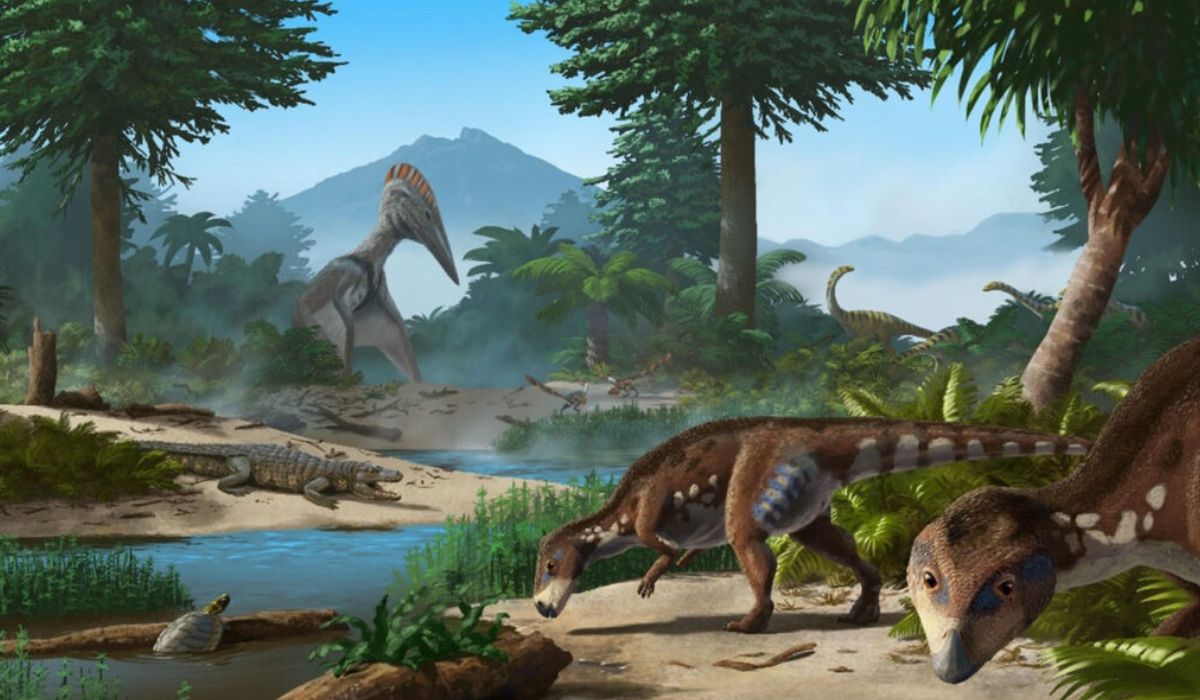Dinosaurs, the majestic creatures that once ruled the Earth, come in various shapes, sizes, and dietary preferences. Among these prehistoric beings, omnivorous dinosaurs hold a unique place, showcasing a diverse and adaptable lifestyle. In this article, we embark on a journey to uncover the fascinating world of omnivore dinosaurs, delving into their diet, behavior, and evolutionary significance.
What is an Omnivore Dinosaur?
Omnivore dinosaurs are a class of dinosaurs that possess the ability to consume both plant and animal matter. Unlike their herbivorous or carnivorous counterparts, omnivores exhibit a flexible dietary behavior, enabling them to thrive in a range of ecological niches.
Adaptations for Omnivory
Omnivore dinosaurs boast a remarkable array of adaptations suited for their diverse diet. One of the key features observed in many omnivorous species is the presence of dentition optimized for both grinding plant matter and tearing flesh. This versatile dental structure allows them to efficiently process a wide variety of food sources.
Furthermore, omnivores often exhibit behavioral adaptations such as scavenging and foraging techniques. These behaviors enable them to exploit a broader spectrum of resources, thereby increasing their chances of survival in fluctuating environments.
Examples of Omnivore Dinosaurs
- Therizinosaurus: Often regarded as one of the most iconic omnivorous dinosaurs, Therizinosaurus possessed long, scythe-like claws and a beak-like mouth, indicating its potential omnivorous diet. While its precise feeding habits remain a subject of debate among paleontologists, it is widely believed that Therizinosaurus likely consumed a combination of plants, small animals, and possibly carrion.
- Oviraptor: The name “Oviraptor” translates to “egg thief,” reflecting the initial misconception that these dinosaurs were solely carnivorous. However, recent discoveries suggest that Oviraptors might have been omnivorous, feasting on both eggs and plant matter. Their toothless beaks and specialized jaws provide further evidence of their dietary flexibility.
- Troodon: Troodon is another intriguing example of an omnivore dinosaur. With its relatively large brain size compared to other dinosaurs of its time, Troodon is believed to have possessed high intelligence, potentially allowing it to adapt its diet based on environmental conditions. Fossil evidence indicates that Troodon consumed a variety of prey, including small mammals, insects, and plants.
Evolutionary Significance
The emergence of omnivore dinosaurs marked a pivotal moment in the evolutionary history of these ancient creatures. Their ability to thrive on a diverse range of food sources allowed them to occupy various ecological niches, contributing to the overall biodiversity of Mesozoic ecosystems.
Moreover, the presence of omnivore dinosaurs underscores the complexity of ancient food webs and the dynamic interactions between different species. By examining their fossilized remains and reconstructing their dietary preferences, paleontologists gain invaluable insights into the evolutionary processes that shaped the world millions of years ago.
Conclusion
In conclusion, omnivore dinosaurs offer a fascinating glimpse into the intricate web of life that existed during the Mesozoic era. Through their adaptive traits and dietary versatility, these ancient creatures exemplify the resilience and ingenuity of life in the face of changing environmental conditions. By studying omnivore dinosaurs, we not only unravel the mysteries of the past but also gain a deeper appreciation for the rich tapestry of life on Earth. Their existence underscores the importance of dietary flexibility in evolutionary success and highlights the dynamic interplay between organisms and their environments. As we continue to unearth new discoveries and expand our understanding of omnivore dinosaurs, we enhance our knowledge of Earth’s prehistoric ecosystems and the diverse array of life forms that once inhabited our planet.
Also Read: Exploring the Enigmatic World of Dinosaur Feet: A Step Back in Time.











